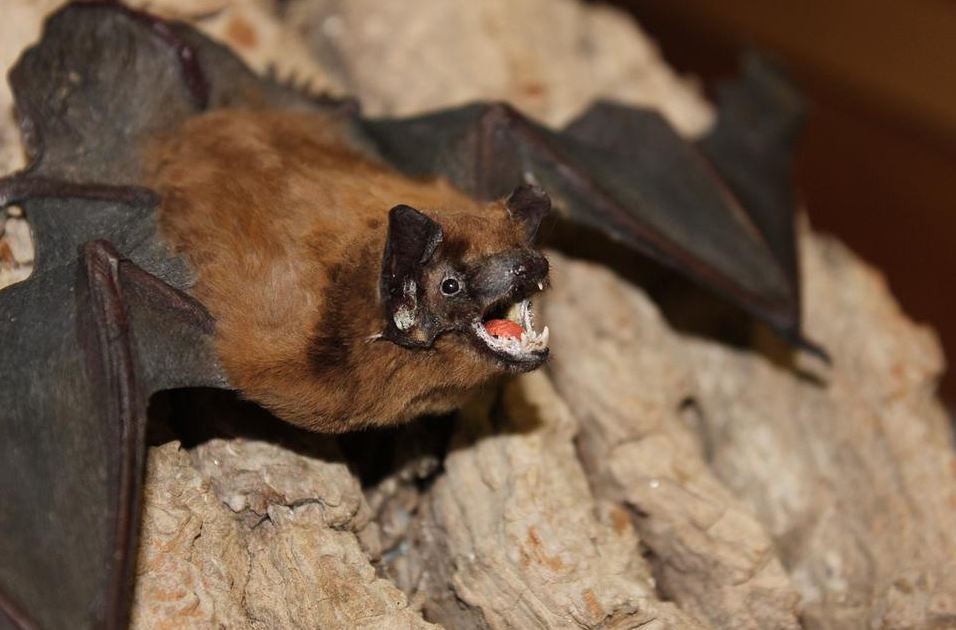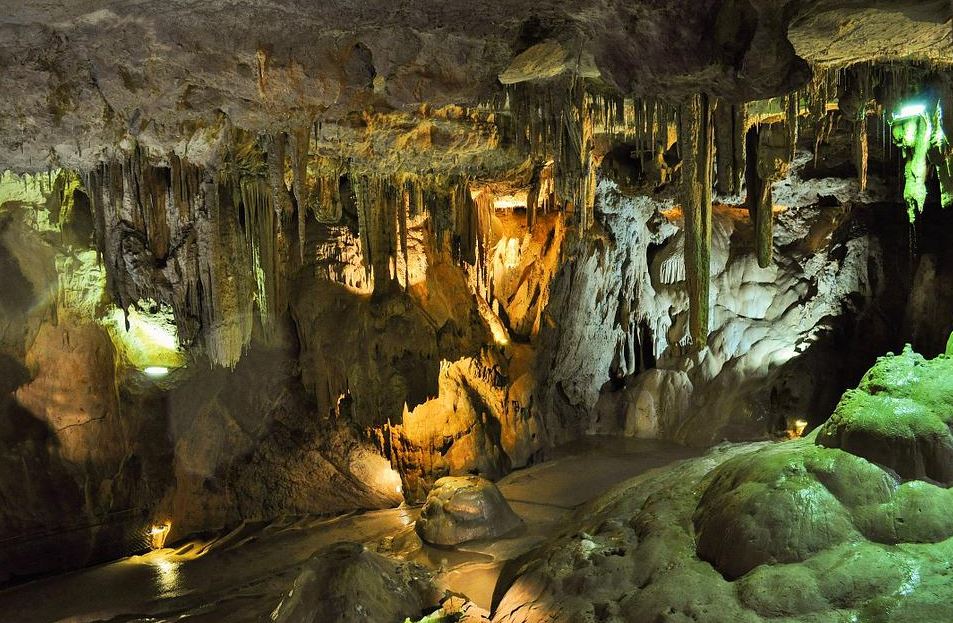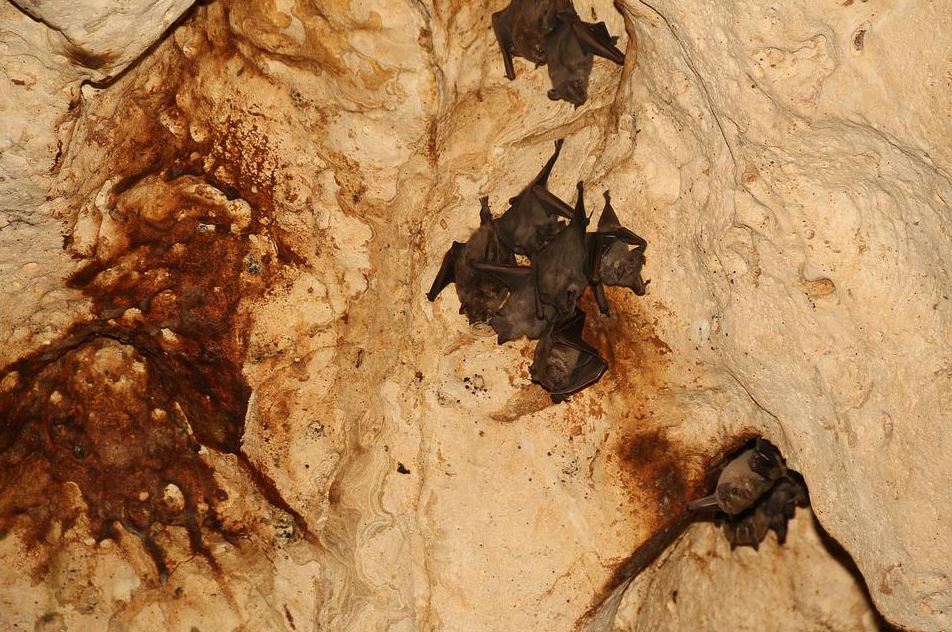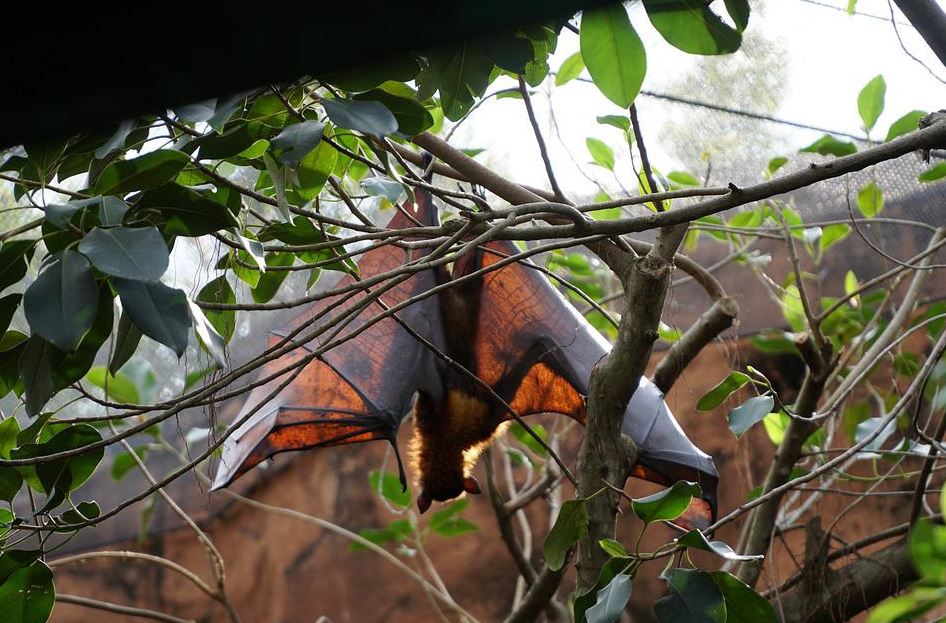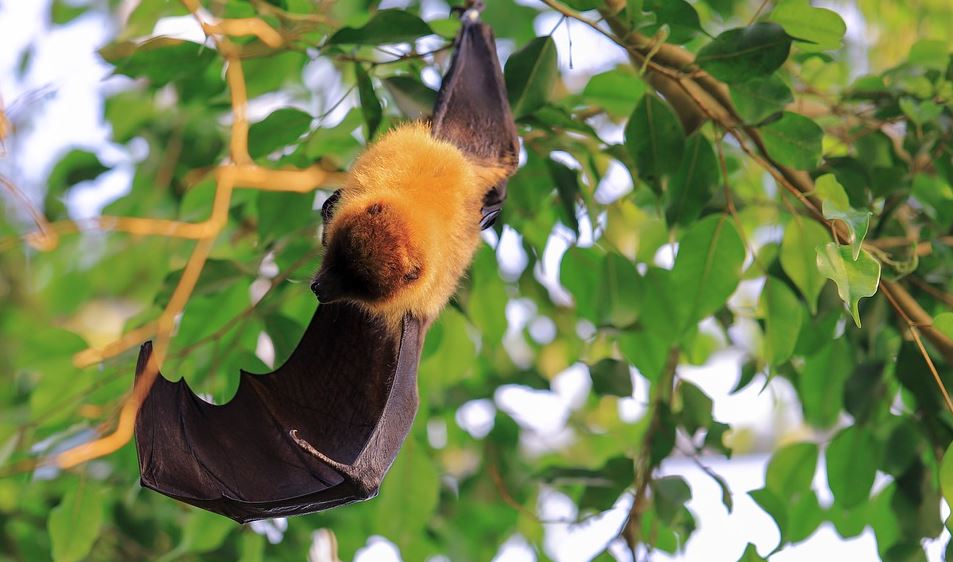There are more than 15 million Mexican free-tailed bats living in Bracken Cave, which is located on the northern suburbs of San Antonio. For this species, it serves as a maternity center, with females flocking there to give birth and raise their young. The Bracken colony alone is expected to consume about 100 tons of these moths every summer night by Mexican free-tailed bats, a critical predator of maize earworm moths and other crop pests.
Bat Sanctuary
A bat population the size of the entire world can be found just 20 minutes outside of San Antonio in Bracken Cave. Bracken Cave’s population of Mexican free-tailed bats, which give birth to one pup every June, now stands at 20 million. According to Bat Conservation International, July and August are the best months to visit the cave since the pups begin flying.
This ‘batnado,’ or swirling vortex, will rise from the sinkhole and begin to flow away from the cave once it reaches the treetop levels. Because of the presence of predators in the region, the bats form a river of bats, “like a river of bats,” said the director of Bracken Cave.
Members of the Bat Conservation International (BCI) often have the opportunity to see the bats emerge from the cave on certain nights each year. There are no more bat flight watching nights until further notice owing to the coronavirus outbreak.
During the months of March and April, around 20,000,000 Mexican free-tailed bats make their way to the Bracken Cave (Tadarida brasiliensis). The bats travel from Mexico to this cave, covering a distance of up to 1,600 kilometers. The migrating mothers give birth to pups once they have reached the cave. The temperature within the cave, which hovers around 102 degrees Fahrenheit (39 degrees Celsius), has been observed to have 500 pups clinging to a single square foot (0.093 square meters) of the cave walls. It took a “$20 million bargain” between the mayor of San Antonio, a local developer, and conservation groups in 2014 for the city to guarantee the safety of the bats and a black nighttime sky near their cave with “a $20 million contract.”
July and August are the finest months to explore Bracken Cave since the days are longer and the baby bats are born in June and begin flying in July.
The World’s Largest Known Colony of Bat Maternity
More than 15 million Mexican free-tailed bats (Tadarida brasiliensis) spend their summers in Bracken Cave, making it the world’s largest bat colony and one of the world’s greatest concentrations of mammals. You will never forget seeing millions of bats emerge from the cave at nightfall to go on their nightly insect hunt.
Bats at Bracken Cave produce millions of offspring each year, making them one of the largest known bat maternity colonies in the world. After spending the winter in Mexico, Central, and South America, pregnant females return to Bracken in March and April. Almost all of the males choose to roost in smaller groups elsewhere. Females give birth to a single pup in late June, approximately tripling the cave’s population at that time.
The newborn bat pups, known as crèches, are placed on the cave walls after their mothers have given birth. There can be as many as 400 puppies per square foot in these care facilities. Children sleep in different nests from those of their moms. While mom is off hunting, the puppies are kept warm by the densely packed crèches. By using a combination of spatial memory, vocalization and scent the mother may locate her own offspring among the millions of others when she returns. Throughout the day, mothers will return to the crèche to breastfeed their children, and at night, they will return to the crèche to do the same.
After four to five weeks of training, young pilots are able to take to the skies in all but ideal conditions. If everything goes according to plan, a baby bat will take off into the night, fly at a speed of at least 20 feet per second, and perform a near-complete somersault before landing on the cave wall mere seconds later. There will be thousands of other young flyers practicing their skills, and it will have to use an echolocation technology that is now being tested, all while trying to avoid several collisions each second.
Essentiality for the Ecosystem
“The loss of the Bracken Cave bat colony might have a terrible effect on the environment and the ecosystem in South Texas,” cave director Fran Hutchins, with Bat Conservation International stated.
The existence and sustainability of bats depends on public knowledge and education.
Jennifer Tucker, president of Sticks and Stones Bat Rescue, urged people to pay more attention to how forestry, oil, and even wind industries harm wildlife populations, including bats.
Activists for the Environment
For a variety of reasons, bats are extremely vital to Texas. By devouring their own weight in bugs every night, bats contribute to the preservation of the ecosystem and global sustainability.
When the members of this colony venture out to find food tonight, they will consume between 143 and 147 tons of insects. Farmers in the Texas Hill Country will save hundreds of thousands of dollars each season by eliminating these ‘crop pests,’ as they are commonly known. There are fewer pesticides needed to grow crops in South Texas, which reduces the environmental impact of pesticides on the people who live there.
Keystone species, such as bats, are extremely important to specific ecosystems. According to Batcon.org, without bats’ pollination and seed-dispersing capabilities, local ecosystems could eventually collapse as plants fail to supply food and cover for wildlife species at the base of the food chain.
Drinking margaritas is one of my favorite things to do! Bats pollinate the agave plant, which creates an essential component of tequila. Bananas, peaches, cloves, and balsa wood are all pollinated by bats. Not to mention the countless varieties of flowering plants and shrubs that rely on bats for their own existence.
Forest regeneration following clear-cutting is a complex process including the dispersal of seeds by animals. Bats take advantage of birds’ fear of predators when they span wide open spaces. Fruit bats are active at night and travel long distances in search of food. Large quantities of seeds are disseminated in order to aid in the restoration of forests.

